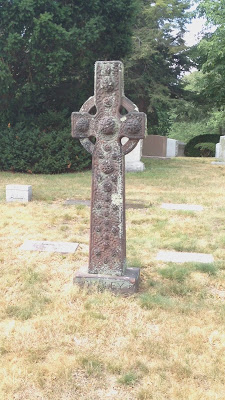Note that the head is in a plexiglass box at the Museum of Fine Arts in Boston, MA. Can't remember whose head it is though.
Goal is to get a dense 3d reconstruction (photogrammetry) from those 5 images using SfM10 (Structure from Motion) and MVS10 (Multi-View Stereo). Using SfM10 to get the camera poses (in the form of a nvm file) is usually a no-brainer so I won't talk about it here. MVS10 is a bit more trickier as you have to balance accuracy and density of the reconstruction (number of 3d points), usually by playing with the max reprojection error.
Input to MVS10:
nvm file = duh.nvm
Min match number (camera pair selection) = 100
Min average separation angle (camera pair selection) = 0.1
radius (disparity map) = 32
alpha (disparity map) = 0.9
color truncation (disparity map) = 20
gradient truncation (disparity map) = 10
epsilon = 255^2*10^-4 (disparity map)
disparity tolerance (disparity map)= 0
downsampling factor (disparity map)= 2
sampling step (dense reconstruction)= 1
Min separation angle (low-confidence 3D points) = 0.1
Min image point number (low-confidence 3D points) = 3
Max reprojection error (low-confidence image points) = 8
Radius (animated gif frames) = 1
Angle amplitude (animated gif frames) = 5
I used a max reprojection error of 8.0 pixels instead of the usual 2.0 pixels to get more 3d points in the reconstruction.
Here's the point cloud in sketchfab viewer:









